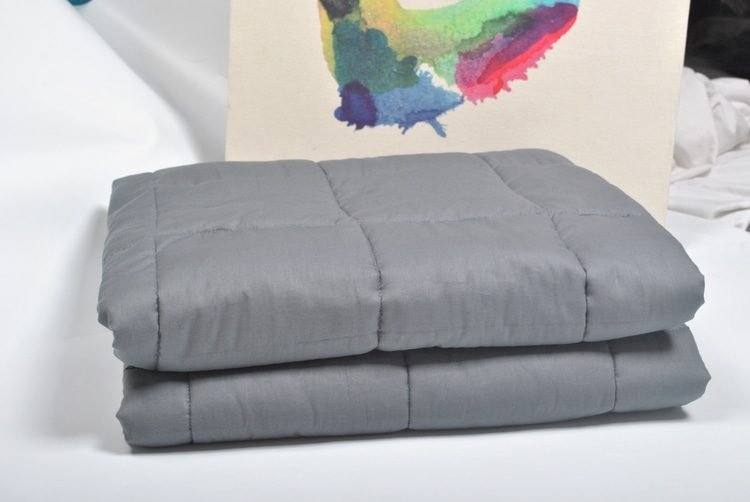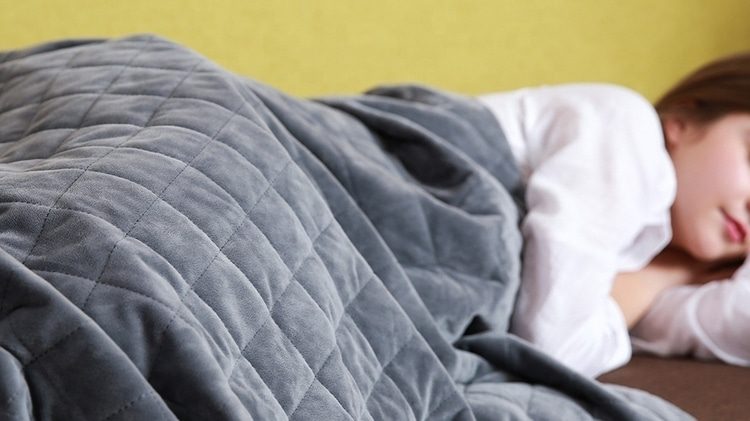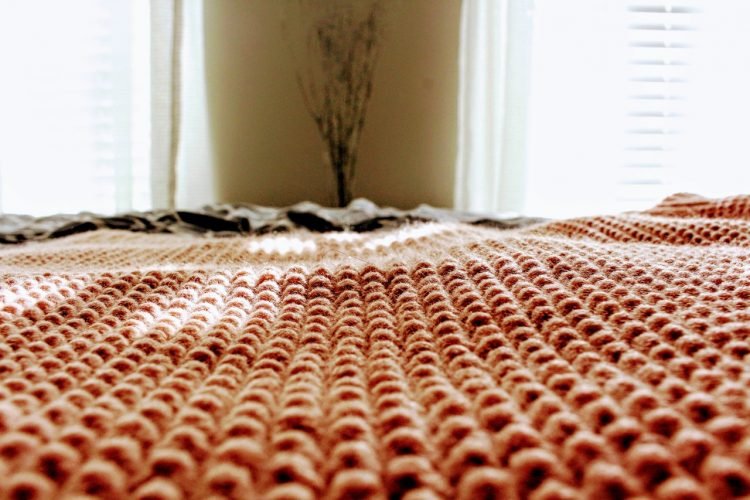Autism or Autism Spectrum disorder (ASD) is a complex neurological condition that inhibits an individual’s ability to interact with other people and respond to environmental stimuli. It is a developmental disorder affecting around 1 percent of the world’s population.
The word “spectrum” signifies the wide range of symptoms that autistic people might experience, mainly in the areas of social communication, interests, learning and behavior. It’s true that autism can affect people at varying levels, which is why some people may be able to live relatively normal lives, while others might need continued support.
There are no medical or genetic tests that can confirm the presence or absence of autism. The condition manifests itself through typical symptoms such as:
- Difficulty in social interaction & communication
- Impaired cognitive abilities
- Repetitive behavior
- Heightened sensory sensitivities.
While autism does not have a definite cure, the symptoms can be improved over time with alternative therapies, behavioral training, medicines and support accessories like weighted blankets.
Weighted vests and blankets can be particularly effective for autistic children experiencing heightened anxiety, having trouble relaxing or sleeping, or facing sensory integration issues. The added weight of these blankets soothes their senses making your child feel secure and comforted.
An overwhelmed nervous system is the root cause of nervous outbreaks, meltdown and anxiety attacks. Proprioceptive input or deep pressure touch (DPT) offered by weighted blankets and vests calms the nervous system. This acts like a tight hug or a cuddle that can activate the sensory points in your body helping you feel grounded, relaxed and positive.
Autism spectrum disorder: Explored and explained
Autism or autism spectrum disorder (ASD) are general terms used for a group of complex disorders related to brain development. Autism impacts the nervous system and negatively affects the overall cognitive, emotional, social and physical development of an individual.
The initial signs of this disability most often appear in the first three years of a child’s life. Such children might show unusual behavior patterns such as:
- Heightened sensory sensitivities, e.g., getting agitated with everyday sounds of traffic or hair dryer, vacuum cleaner, etc.
- Unusual sensory activities such as sniffing things or staring closely at moving objects
- Impaired intellect including learning difficulties, delayed communication, etc.
The Center for Disease Control and Prevention (CDC) identified 1 in 59 children as having autism spectrum disorder (ASD). A “spectrum” disorder implies a vast variety of symptoms that can affect people of all ethnicities and age groups, and range from being very mild to severe.
Based on the type of symptoms, ASD can be divided into three different types:
- Autistic disorder or classic autism: The most common type of autism with all the definitive symptoms. People with this type of autism show significant language delays, intellectual impairment, and challenges in social communication.
- Asperger syndrome: This is a milder form of ASD where the affected individual can show unusual behavior and interests, and have difficulties with social interaction. However, their language and intellectual capabilities are not affected.
- Pervasive developmental disorder (PDD-NOS): Also known as “atypical autism”, this condition is a little hard to detect. People with PDD-NOS usually show mild or fewer symptoms, and have challenges only in areas of social communication.
In addition to the difficulties in cognitive, social and sensory processing areas, autistic people can also have additional medical conditions such as anxiety, sleeplessness, Tourette’s syndrome, epilepsy, obsessive compulsive disorder (OCD), and dyspraxia.

Addressing these conditions can improve attention, learning and behavior helping people with autism live better lives.
Autism treatment and therapies
Treatment for autism is typically long term with a combination of medicines, alternative therapies, and behavioral training. And like most diseases, an early intervention in this case too, can deliver better results.
The great news is, a planned approach and early support can help autistic individuals live more fulfilling lives, but there is a caveat here: most treatment programs for autism lack empirical evidence. The treatments promoted are as vast as the autism spectrum itself making it difficult for parents and families to choose the right approach.
The type of treatment that will benefit your child would depend largely on his/her symptoms and needs. This is perhaps why no two treatment plans for autism can be the same—they are tailored to the specific requirement of each patient.
A large part of the treatment includes psychosocial, behavioral, and relaxation therapies like:
Applied Behavior Analysis (ABA): This is typically used in schools and clinics to help autistic children adopt positive behavioral practices.
Developmental, Individual Differences, Relationship-Based Approach (DIR): This kind of treatment is primarily aimed at supporting the emotional and intellectual growth of autistic individuals.
Treatment and Education of Autistic and Communication-Handicapped Children (TEACCH): This program uses visual cues to teach children basic, everyday skills like getting dressed.
The Picture Exchange Communication System (PECS): Yet another visual-based treatment that helps ASD affected individuals ask questions and communicate through special symbols.
Occupational Therapy: True to its name, this therapy teaches life skills like feeding and dressing, bathing, and responding to other people on an everyday basis.
Medications: While there are no medications that can “cure” autism, certain drugs can help autistic children and adults manage their symptoms better. Research shows that medicines are more effective when administered in conjunction with behavioral and other therapies.
When treating autism spectrum disorder, doctors and caregivers focus primarily on keeping the individual calm and relaxed. Certain natural and non-invasive treatment methods such as deep touch pressure therapy (DTP) work very well in this direction and are often used for improving autism symptoms.
What is Deep Pressure Touch therapy and how can it help autism affected individuals?
Deep pressure therapy or DPT is a form of tactile sensory input that exerts pressure on your body’s sensory points. This can be compared to a warm cuddle, hug, a firm handshake, or a squeeze that activates your autonomic nervous system (ANS) and creates a sense of comfort and calm.
Thankfully, there are products in the market that replicate the effects of deep touch pressure therapy and offer great comfort. Weighted blankets, vests, compression garments, and lap pads are examples of portable deep touch pressure (DTP) products.
Weighted vest or blankets typically use poly pellets or glass bead fillings that makes them heavier and therapeutic. The fabric of these products can be anything from cotton to flannel, depending on your personal choice.
Designed to weigh 10 to 15% of your body weight, weighted blankets use the same effects as swaddling a baby or a tight hug from a family member. These blankets provide a form of proprioceptive input to your joints and muscles.
“Proprioception is the sensation from joints, muscles and connective tissues that lead to body awareness—the sensation of knowing where your body is in space and the ability to safely manoeuvre around your environment”— MedicineNet
Proprioceptive input is critical for a child’s development because it promotes body awareness, a sense of self-regulation and fine and gross motor skills. It can help autistic children become aware of their “personal space” and how to appropriately engage with their peers and other environmental stimuli.

Consistent use of weighted blankets and vests stimulates the sensory glands and causes the release of neurotransmitters like serotonin, melatonin and dopamine. These neurotransmitters have natural calming effects and are beneficial in relieving various autism related issues such as sensory integration disorder, anxiety, stress, hypersensitivity, and more.
Want to know more about these benefits? Let’s explore some of them in more detail.
Improves sensory processing
Sensory processing refers to the ability to interpret and respond to the information we receive through our senses—sight, sound, touch, smell, and taste.
Autism affects the ability to consume, process and respond to such stimuli. This creates an information overload in the brain making your child feel agitated, stressed, and unsafe—and sets in motion a vicious circle!
This is where a weighted blanket can be useful.
The added mass in weighted blankets and vests immediately calms the nervous system and has an organizing effect on the brain. These benefits combined with occupational therapy provide your child with the mechanisms they need to calm themselves prior to a meltdown.
Manages nervous outbreaks
Our body’s autonomic nervous system dictates our emotions and feelings at any given point in time. Imagine coming out of a hot shower or right before dozing off to sleep. Your thought process slows down and so does your breathing. You are calm and at peace. This is your parasympathetic nervous system (PSNS) at work.
Now imagine an opposite scenario. When you are heading for an interview or going to finalize a big deal, your palms might be sweaty and your breathing is heavier. This is your sympathetic nervous system (SNS) putting your body in a state of “fight or flight”.
When deep pressure is applied through weighted blankets, it balances your autonomic nervous system. The calming PSNS is activated and the SNS is subdued. In simpler terms, this helps in releasing stress and calms your body down, thus allowing you to manage your emotions better.
For autistic individuals, this can have tremendous benefits. Regular use of weighted blankets and vests keeps them relaxed, allowing better control over their emotions and responses.
Battles sleeplessness
Sleep problems are one of the most common complaints in people with autistic disorders. In as high as 80% of cases, sleep disorders are accompanied with other problems such as daytime lethargy, learning disabilities, hyperactivity, lack of attention and aggressiveness.
The reason for poor sleep in ASD cases could be neurological, medical, psychological, or a combination of these. Children with ASD are known to have lower levels of melatonin, the hormone that regulates your sleep cycle. This is another area where a weighted vest or blankets can help.
The extra weight in these products exerts gentle pressure on your body’s sensory points, thereby encouraging serotonin production. When serotonin naturally changes to melatonin, your body understands it’s time to rest.
In a study published in the Journal of Sleep Medicine & Disorders, researchers found that sleep time significantly increased with the use of weighted blankets. Participants also found it easier to fall asleep and woke up more refreshed in the morning.
A weighted blanket is a relaxation aid that autism affected individuals can use repeatedly for getting a good night’s sleep or for overall relaxation.
Improves transition time
Kids with autism find it difficult to transition from high to low energy activities, or to adapt to a change in routine. This is particularly evident when they are back from school, or around bedtime. Moving from a preferred activity to low energy activity is not a welcoming change for most children, but for autistic kids this is a lot more difficult.
Occupational therapists use a lot of techniques to support individuals with ASD to help them manage transitions better. Deep touch therapy is one such technique that can be used before the meltdown occurs, during a disruption, and/or after the transition.
Wrapping a weighted blanket or a compressed vest around the child during transition can help them feel secure and grounded. This also helps them calm down and feel more relaxed around any change in their routine.
Individuals with excessively high energy levels find these blankets or weighted vests soothing at bedtime or for use throughout the day. They can wrap them around their shoulders or whole body while sleeping or during office/school hours for the additional comfort and sense of space their bodies crave.
Increases spatial awareness
Spatial awareness is the organized knowledge of oneself in space in relation to other objects in that environment. In simpler terms, it is the ability to understand and gauge oneself in space.
To have a sense of where our bodies are in relation to other objects and people in space, we need to have an accurate body schema. While this awareness comes naturally to most children along with other motor skills, kids with developmental disorder need help in this area.

Occupational therapists have long been using weighted objects to help children become aware of their bodies. These could include compressed clothing, weighted vest or blankets, or stuffed toys. Being wrapped inside a heavy blanket or clothing not only has a calming effect on the body but also makes them more aware of each movement.
The fabric and extra mass in a weighted product puts pressure on the child’s sensory receptors. Rolling against cushions or mats while being wrapped inside a blanket provides the much-needed proprioceptive input to their joints and muscles, which is vital for spatial awareness.
Encourages positivity and boosts mood
Research suggests that compressing the body’s sensory points triggers the release of “happy hormones” such as serotonin. It is also known to lower the production of cortisol (stress hormone).
Regular use of weighted vest or blanket can regulate mood swings and help autistic individuals feel calm. The pressure from a weighted blanket helps relax the nervous system naturally.
Children with autism do not respond well to touch or physical closeness of even a loved one. Since weighted blankets imitate the effects of a warm hug, it creates a sense of security, warmth, and closeness. It can even help these children open up and respond positively to a loving handshake or hug.
A quick summary…
ASD can be managed with proper therapies and loving support. The role of deep touch therapy in this regard is evident through researches and practical applications done over the years.
Products such as weighted blankets and vests deliver the benefits of deep pressure touch therapy in an easier, compact and quicker manner. For autism affected individuals these can be the go-to comforting zone for additional warmth and support.
Whether used at school, home, or in an office space, weighted vest, lap pads and blankets have been proven to soothe symptoms of autism. Therapeutic benefits include:
- General sense of calm and well-being
- Decrease in cortisol levels (stress hormone) and anxiety
- Better control over emotions and brighter mood
- Decrease in self-injury
- Significant improvement in communication and social interactions
- Better sleep quality and duration
- Enhanced learning with better focus
- Decrease in hypersensitivity and aggressiveness
- Ability to deal better with transition
- Improvement in fine motor skills and spatial awareness.
The benefits of weighted accessories and garment are well documented, yet it is important that you consult your occupational therapist and doctor before getting these for your child.
Also note that the needs of each individual are different—while some may instinctively start using and preferring a weighted vest or blanket, for others it could take some time. You could experiment with softer and fluffier fabrics to make these more comfortable for your child, while for an adult soft cotton or flannel can do the trick.
While autism treatment plans and choice of therapy can be different, the goal is the same: to reduce the intensity of symptoms and improve the ability to learn and communicate.
It is important to remember that a person with autism experiences love, sadness, pain, and happiness just like everyone else. Their response and the ability to manage these emotions might be different or delayed, but their feelings are the same.
With better interventions and supports available, those affected by autism can work productively, develop meaningful relationships and live independent and fulfilling lives.

